
Church of the Savior on Spilled Blood, Saint Petersburg, Russia Anshar Images
The Church of the Savior on Spilled Blood in St Petersburg Russia! This name is usually shorted to just Church on Spilled Blood as its a mouthful. Intricately detailed both inside and outside its a beautiful sight to behold. Everything you need to know from entrance fee tickets to the church looks like inside.
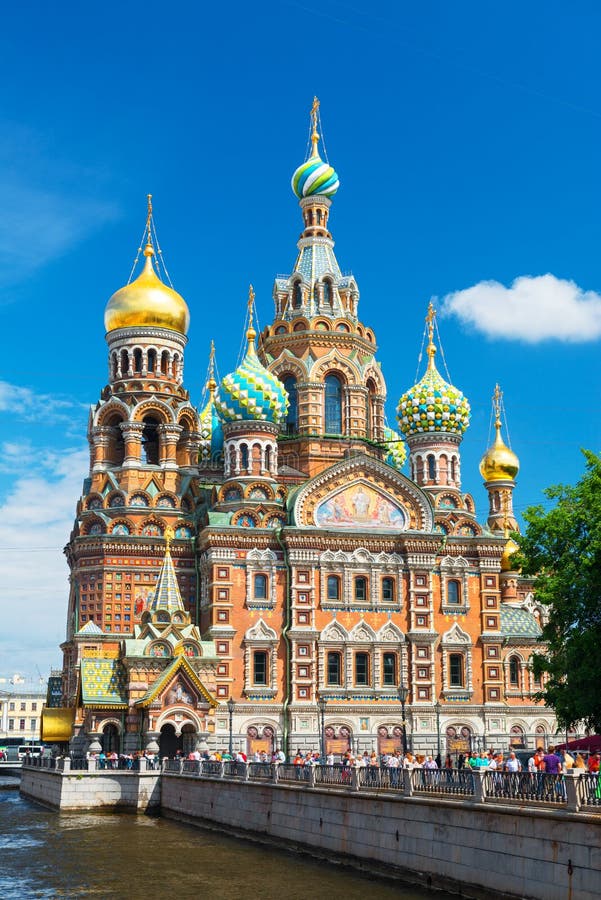
Church of the Savior on Spilled Blood in Saint Petersburg, Russia Editorial Stock Photo Image
The Church of the Saviour on Blood stands on the site where on March 1, 1881, the attempt on the life of Emperor Alexander II took place. The Russian Emperor was mortally wounded and died a few hours later in the Winter Palace. Alexander II Romanov, Emperor of Russia from 1855 to 1881. After the tragic event, the City Council of Saint.
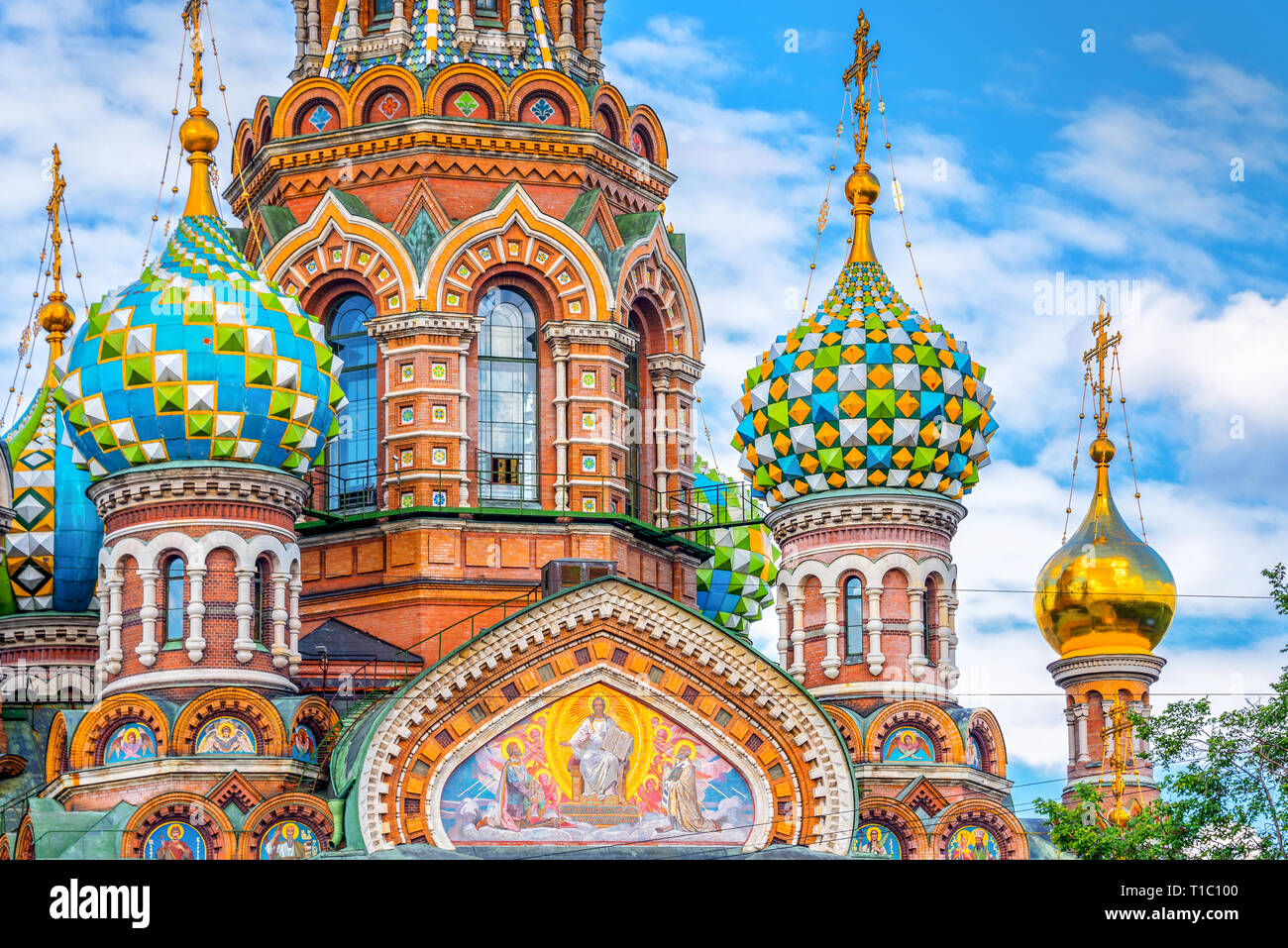
Church of the Savior on Spilled Blood, St Petersburg Russia Stock Photo Alamy
The Church of the Savior on Spilled Blood in St. Petersburg is an Orthodox Memorial Church of the Resurrection of Christ, constructed in memory of Emperor Alexander II who was mortally wounded in an attack in this place on March 1, 1881. The cathedral was built as a monument to Tsar-Martyr.
Church of the Savior on Spilled Blood. St. Petersburg, Russia. [oc] [3024x4032] ArchitecturePorn
The Church of the Savior on Spilled Blood ( Russian: Церковь Спаса на Крови, Tserkovʹ Spasa na Krovi) [a] is a Russian Orthodox church in Saint Petersburg, Russia which currently functions as a secular museum and church at the same time. The structure was constructed between 1883 and 1907. It is one of Saint Petersburg's major attractions.
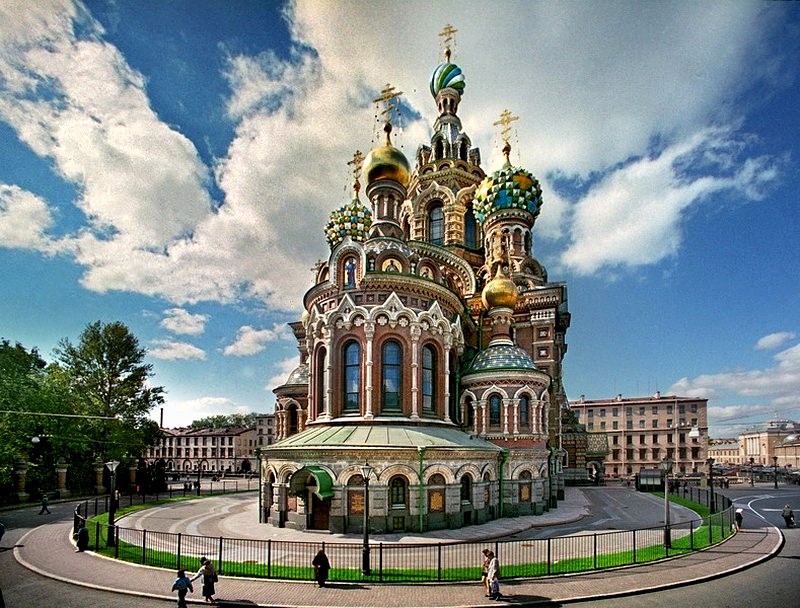
The Church of the Resurrection of Jesus Christ (Savior on the Blood Church) in St. Petersburg
Church of the Saviour on the Spilled Blood St Petersburg, Russia, Europe Top choice in St Petersburg This five-domed dazzler is St Petersburg's most elaborate church, with a classic Russian Orthodox exterior and an interior decorated with some 7000 sq metres of mosaics.

Video Church of Our Savior on the Spilled Blood St. Petersburg Russia
The Church of the Resurrection of Christ (Russian: (Собор Воскресения Христова), also called The Saviour on the Spilled Blood and other contractions on the theme of On the Blood is a church in St. Petersburg, Russia, that was built by Emperor Alexander III as a memorial to his assassinated father, Emperor Alexander II. The church is privately owned and is part of the St.
Church of the Savior on Spilled Blood, St Petersburg, Russia [2,000 x 1,333] ArchitecturePorn
Church of the Resurrection of Jesus Christ is known to Petersburgers as the Church of the Savior on the Spilled Blood - or even just the Church on the Blood - as it marks the spot where Alexander II was fatally wounded in an assassination attempt on March 1, 1881.
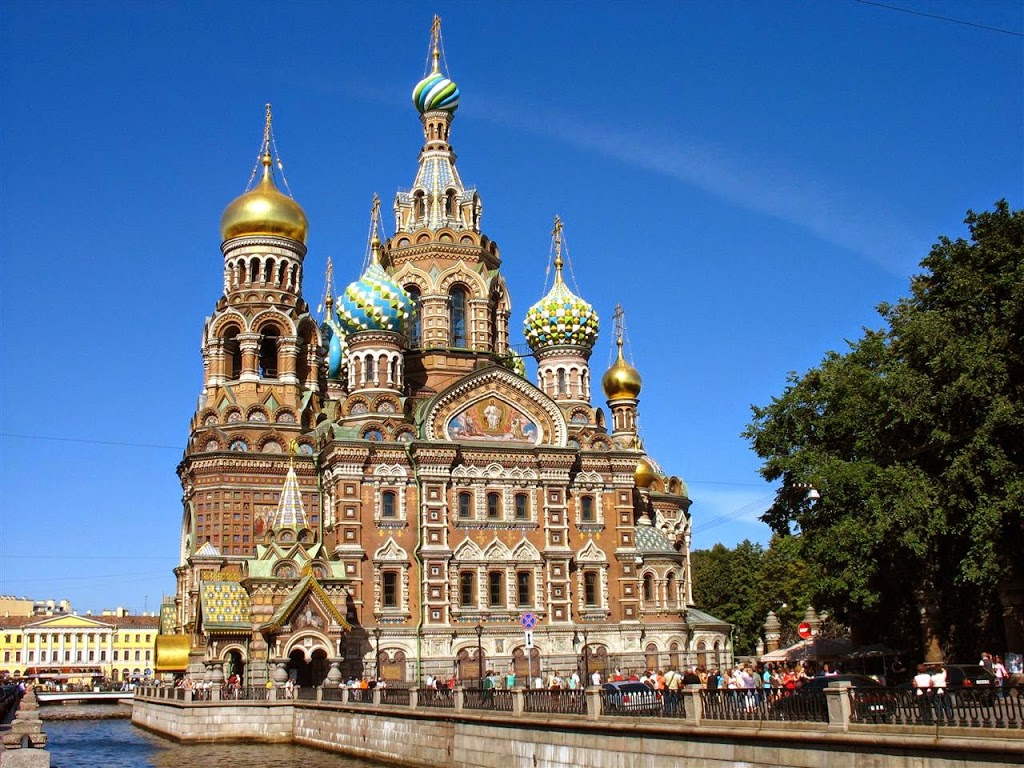
Church of Our Savior on Spilled Blood, St. Petersburg, Russia Tourist Destinations
The colorful landmark of St. Petersburg is also known as the Church of the Resurrection of Jesus Christ, Church on the Spilled Blood, Temple of the Savior on Spilled Blood, and the Cathedral of the Resurrection of Christ.
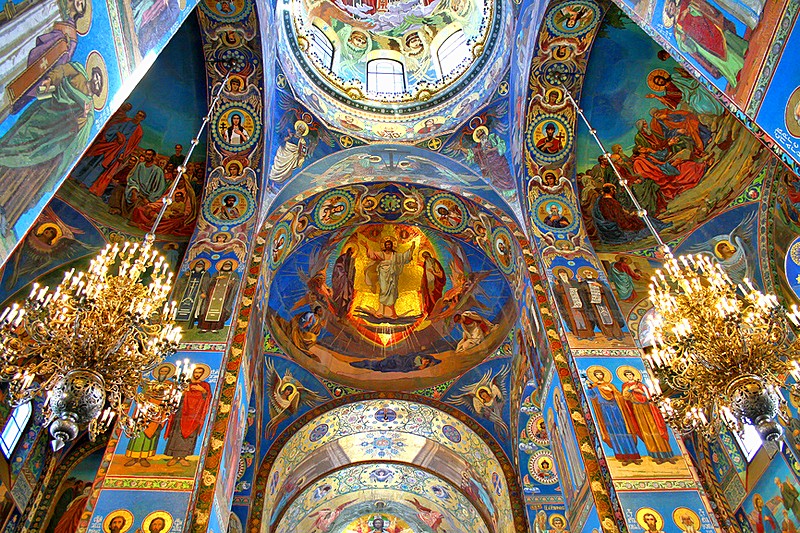
The Church of the Resurrection of Jesus Christ (Savior on the Blood Church) in St. Petersburg
The Church of the Saviour on Spilled Blood is one of St Petersburg's most impressive churches. With multi-coloured onion domes reminiscent of St Basil's Cathedral in Moscow, the Church of the Saviour on Spilled Blood is a breath-taking sight both outside and within its ornately decorated walls. History of the Church of the Saviour on Spilled Blood

The Church of the Savior on Spilled Blood, Saint Petersburg, Russia r/pics
It is a unique example of a Russian style cathedral in the centre of St. Petersburg. Its coloured onion domes are so famous, that they are recognized today as one of the symbols of the city.. The domes of the church of the savior on spilled blood The domes However, the era in which Church of the Savior was built was a time of resurgence of.

the Church of Our Savior on Spilled Blood in St. Petersburg Russia WAF
7 facts about the Church of the Savior on Spilled Blood in St. Petersburg Travel Aug 07 2019 Alexandra Guzeva Legion Media Follow Russia Beyond on Pinterest This elegant Russian-style.
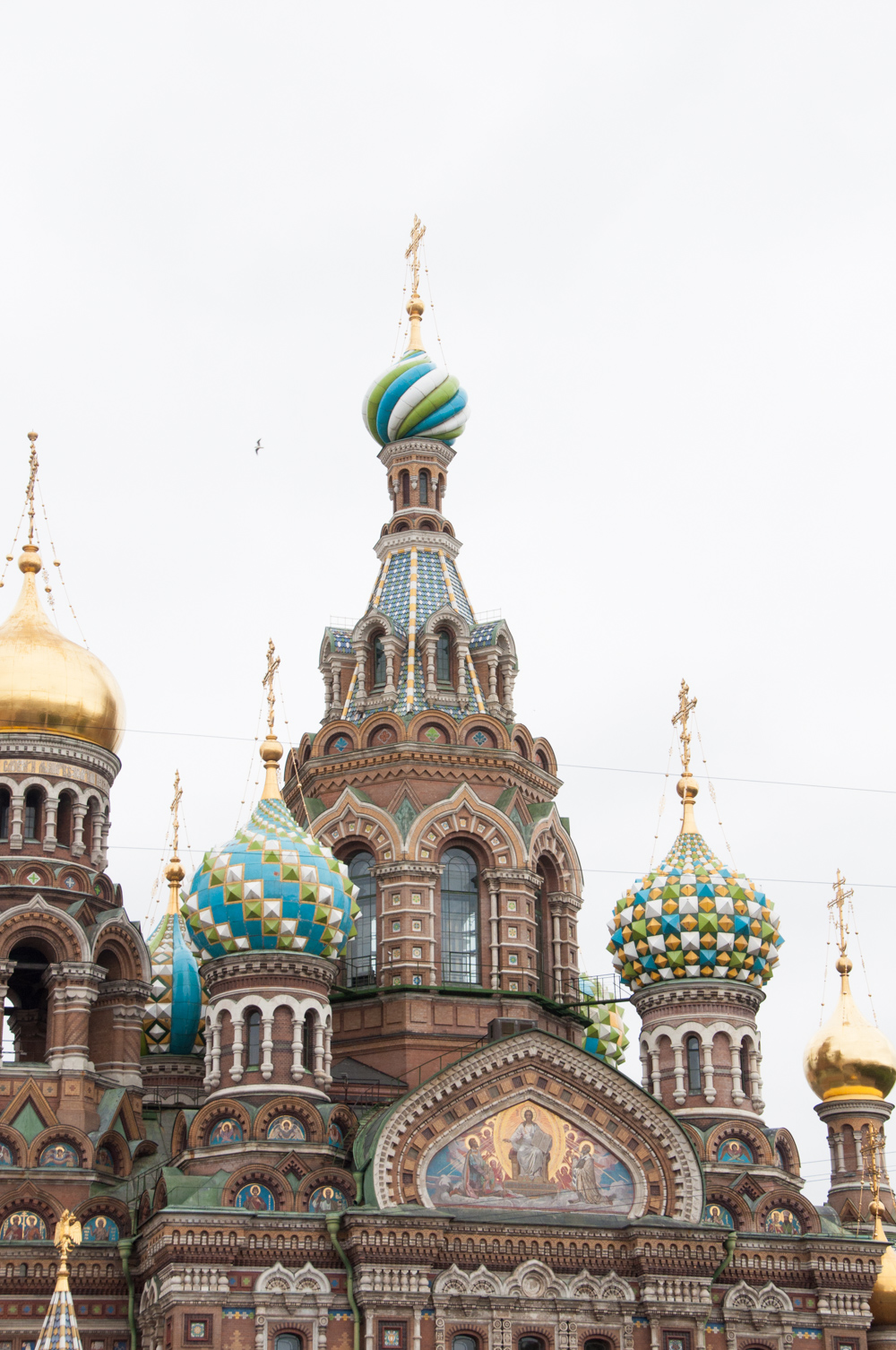
Church of the Savior on Spilled Blood in Saint Petersburg, Russia Kelsey Bang
The Church of the Resurrection of Jesus Christ (Savior on the Blood Church is St. Petersburg, Russia claims to have more mosaics than any other church in the world. Read up on the historic church in St Petersburg that was built as a memorial to Tsar Alexander II.

Private Church of the Savior on Spilled Blood Tour in St. Petersburg, Russia
Church of the Resurrection of Christ (also known as the Savior on Spilled Blood) is within a five minute walk from "Nevsky Prospect" metro station, alongside with The Mikhailovsky Palace Garden, the Field of Mars and the Arts Square. It is probably one of the most striking landmarks in the whole city. The Savior on Spilled Blood was.

Church of the Savior on Spilled Blood St. Petersburg, Russia Stock Photo Image of historic
The total area of the interior mosaics of Church of Saint Savior on Spilled Blood in St Petersburg is 7056 m²! More expensive than painting, the mosaic is on the other hand more resistant to time. Thirty-two masters worked on the interior of the Church, which was then entirely made entirely of mosaics!
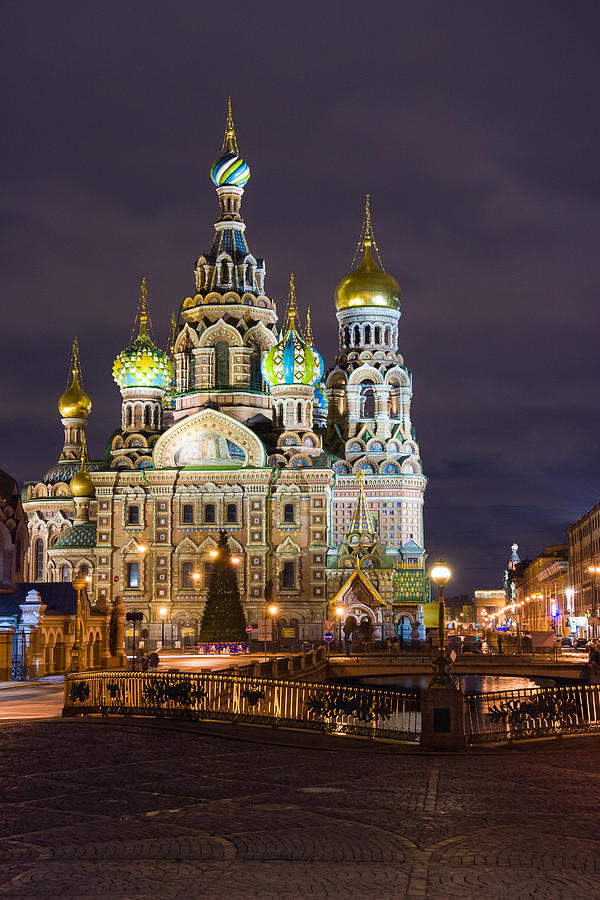
Church of the Savior on Spilled Blood, St. Petersburg, Russia Photograph by Auradius Photography
The Church at a glance From the outside, St Petersburg's Church of the Saviour on Spilled Blood, known locally as the Spas na Kravi, is a magnificent construction reminiscent of Saint Basil's Cathedral in Moscow. Vivid colours and copper onion-domes give the textured façade a fairytale feel.

Wallpaper Savior on Spilled Blood Saint Petersburg 2560x1600 HD Picture, Image
September 15, 2010 Located just off of Nevsky Prospekt, the Holy Resurrection Church ( Spas-na-krovi) was originally erected in memory of Tsar Alexander II by his son, Alexander III. As the Great Reformist Tsar, Alexander II became a symbol of the new, liberal Russia, legally free of serfdom and moving ever closer to Westernization.